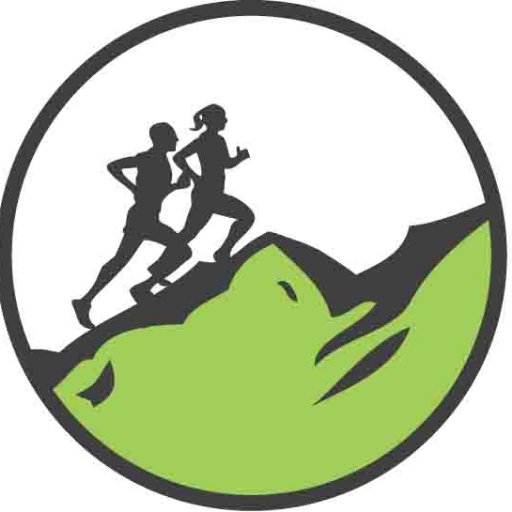Benefits of Hill Sprints
Running uphill forces you to shorten your stride length and lift your knees to improve your speed. It also helps you avoid shin splints. You should run on the balls of your feet—this forces you to move more efficiently and can reduce your overall risk of a knee or ankle injury. Body should remain upright; do NOT lean over into the hill with your shoulders/upper torso, this causes a choppy and short stride length; pump arms a bit farther back and forth to keep your stride open. Your arm-swing is going to work in unison with your legs.
The risk of injuring your hamstrings is also low when you run uphill, because your hamstrings are more balanced with your quadriceps, and your glutes propel you more as you accelerate. This shifting of balance to other muscles can also improve your speed.
Finally, Hill Sprints are free and convenient—they require no special equipment. The short bursts of activity will keep your metabolism going after your training and burn fat and calories long after you finish your workout session.
Mental Toughness
Hill sprints also build mental toughness, which is essential if you’re juggling a big workload of games, practices and scrimmages in addition to school, work and other responsibilities. As you struggle to reach the top of the hill, you have to push yourself so you won’t fall. When you reach your goal, you feel a sense of accomplishment, which builds confidence that can carry over into competition.
Hills are present in many of the 5k courses we will compete on. Know how to run a hill is important. You can make it a vital part of your race plan. Aggressiveness on hills – provided you maintain race pace after you reach the top – it can mentally beat your opponents – have you passing people, and ultimately making our team score improve with every opponent you pass !














